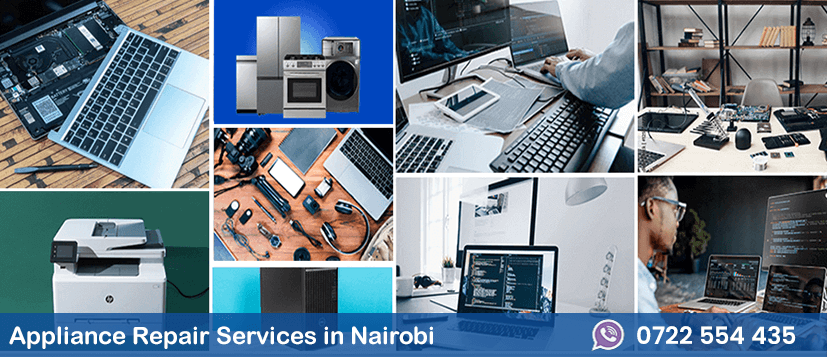Understanding Solar Power Installation in Nairobi
In Nairobi, Solar Power Installation is gaining traction as an efficient and sustainable way to generate electricity. This article provides valuable insights into the process, common problems, solutions, and associated costs.
The Process of Solar Power Installation in Nairobi
1. Assessment and Design
The first step in Solar Power Installation in Nairobi is to assess the site and design a system tailored to meet specific energy needs. Factors such as location, shading, roof orientation, and energy consumption patterns are considered during this phase.
2. Procurement of Equipment
Next, the necessary equipment is procured, including solar panels, inverters, mounting structures, batteries (if required), and cables. It's essential to ensure the quality and compatibility of components to maximize system efficiency and longevity.
3. Installation
Installation involves mounting the solar panels on the roof or ground, connecting them to the inverters, and wiring the system to the electrical distribution panel. Proper installation is crucial for optimal performance and safety.
4. Testing and Commissioning
After installation, the system undergoes thorough testing to ensure all components are functioning correctly and generating the expected amount of electricity. Any issues identified during testing are addressed promptly.
5. Maintenance
Regular maintenance is essential to keep the solar power system operating efficiently. This includes cleaning the panels, inspecting connections, and monitoring performance to detect any potential issues early on.
Common Problems with Solar Power Installation in Nairobi
1. Shading Issues
Shading from trees, buildings, or nearby structures can significantly impact the performance of solar panels, leading to reduced energy production. Proper site assessment and panel placement can mitigate shading problems.
2. Inverter Failures
Inverters are critical components of a solar power system, converting DC electricity generated by the panels into usable AC electricity. Inverter failures can occur due to overheating, voltage spikes, or manufacturing defects. Using high-quality inverters and regular maintenance can help prevent such issues.
3. Poor Installation
Improper installation, such as incorrect panel orientation, inadequate mounting, or loose connections, can result in suboptimal performance and safety hazards. Hiring experienced and certified installers is essential to ensure proper installation.
4. Battery Issues
For systems with battery backup, battery issues such as sulfation, capacity loss, or improper charging can arise over time, affecting energy storage and reliability. Regular battery maintenance and monitoring are necessary to address these issues.
Solutions to Common Problems
1. Shading Mitigation
Trimming trees, adjusting panel tilt angles, or using micro-inverters can help mitigate shading issues and improve overall system performance.
2. Quality Equipment
Investing in high-quality equipment from reputable manufacturers can reduce the risk of component failures and ensure long-term reliability.
3. Professional Installation
Hiring certified and experienced solar power installers in Nairobi ensures proper installation and minimizes the risk of performance issues or safety hazards.
4. Regular Maintenance
Implementing a routine maintenance schedule, including panel cleaning, electrical inspections, and inverter checks, helps identify and address potential problems early on, ensuring optimal system performance.
Cost of Solar Power Installation in Nairobi
The cost of Solar Power Installation in Nairobi varies depending on factors such as system size, equipment quality, and installation complexity. On average, a residential solar power system can range from 200,000 Ksh to 800,000 Ksh for equipment and installation labor charges. Additional costs may apply for battery backup systems or specialized mounting solutions.
Solar Power Installation in Nairobi offers a sustainable and cost-effective solution for electricity generation. By understanding the installation process, common problems, and their solutions, individuals and businesses can make informed decisions to harness the power of the sun and contribute to a greener future

